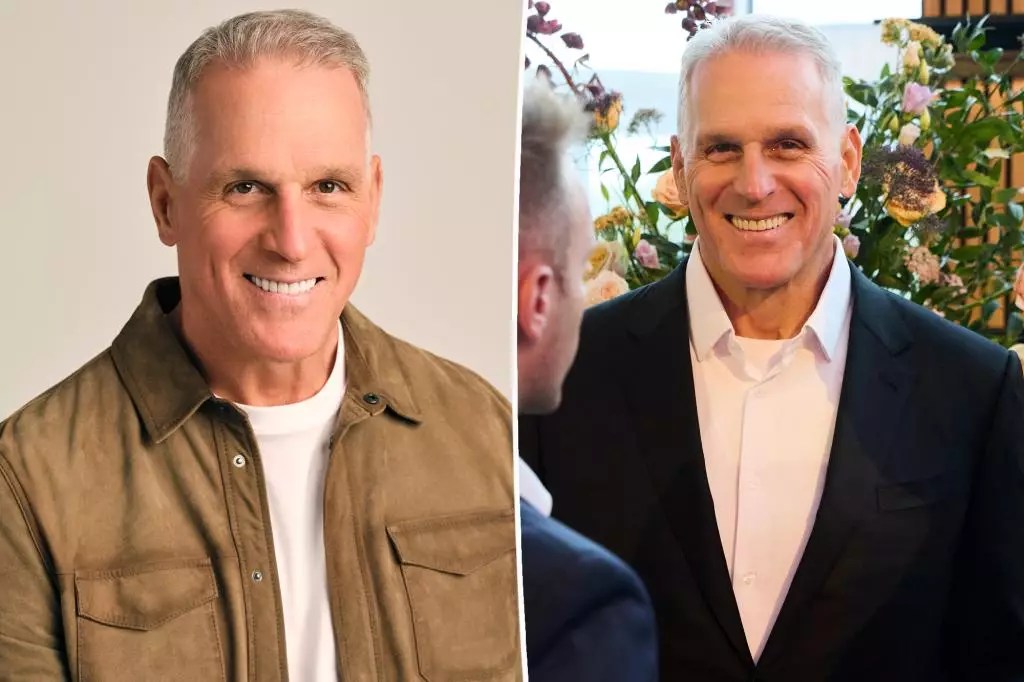The recent remarks by Mel Owens, star of the new season of “The Golden Bachelor,” ignited a firestorm of debate about age preferences and superficiality within senior dating, especially on a public platform like a reality TV show. Owens, who is 66 years old, openly declared he would exclude any potential partner older than 60. This blunt revelation — “If they’re 60 or over, I’m cutting them” — reflected his firm stance on age boundaries that prioritized a specific age range and physical fitness. While he described the show as “The Golden Bachelor,” emphasizing vitality and health, his comments raised significant questions regarding how society perceives aging, attraction, and compatibility among older adults.
It is important to recognize that while personal preferences in dating are valid, Owens’s outsized fixation on age, bodily appearance, and fitness inadvertently echoed ageist and ableist stereotypes. The rejection of women with “artificial hips” or those wearing wigs signals a troubling disconnect from the realities faced by many seniors. Physical limitations and changes are natural parts of aging; to dismiss them offhandedly reduces complex human experiences to superficial deal-breakers. This kind of attitude also risks reinforcing societal stigma about aging, implying that anything less than a youthful or “fit” appearance is unacceptable, even among older adults seeking love.
The Public Backlash: Calling Out Ageism and Superficiality
Following Owens’s statements, there was swift and often harsh criticism across social media. Many users pointed out the irony of a man in his mid-sixties publicly proclaiming restrictive preferences that some perceived as dismissive of his own age group. The criticisms ranged from highlighting his tone as unapologetically ageist to accusing the show and network of promoting a narrow and unrealistic portrayal of senior dating. This reaction underscores a broader cultural tension: while the media often demands youthfulness as an ideal, there is simultaneously a growing push to embrace and dignify aging.
The backlash is also a reflection of changing expectations from audiences who demand more respectful and nuanced depictions of seniors, not reductive stereotypes. Unlike younger dating platforms dominated heavily by appearance-related judgments, there is a strong desire among mature audiences for portrayals that honor emotional depth, companionship, and life’s lived experience — rather than focusing predominantly on physical aesthetics.
Reality TV’s Role in Shaping Senior Romance Narratives
“The Golden Bachelor” franchise is an intriguing case study in how television navigates the adult dating theme for older demographics. The series’ first season featured Gerry Turner, 72, courting women aged 60 and above, and concluded with a high-profile proposal to Theresa Nist, 71. Though their marriage ended after just three months, the couple acknowledged the positive impact the series had on many viewers who found hope and encouragement in their journey.
This legacy creates an interesting contrast with Owens’s stated desires. Turner’s season embraced a broader and more inclusive age range and celebrated the connections that can form at later stages of life — imperfections and all. The show demonstrated that love, companionship, and even marriage remain profoundly possible regardless of age or physical condition. Owens’s narrower, fitness-focused preferences risk narrowing that message, instead reinforcing exclusivity in a demographic often already marginalized.
What Senior Dating Really Entails: Beyond Age and Appearance
What this controversy ultimately reveals is the complex and often contradictory nature of senior dating culture. Older adults seeking romance wrestle with societal expectations, internalized ageism, and deeply personal preferences. Between individual desires and collective stereotypes lies an often unspoken tension: how to remain authentic and discerning without succumbing to superficial biases.
Further complicating the narrative is the involvement of social media and reality television, which magnify personal preferences into public spectacles. These formats influence how seniors view themselves and how society views them, potentially shaping attitudes for years to come.
The responses from both Turner and Nist after their season and subsequent divorce provide a poignant reminder that while romance can blossom and disappoint in later life, the core human needs for connection and hope remain universal. Nist’s surprising experience with younger suitors post-show highlights that attraction and affection are fluid and often defy societal expectations tied rigidly to age.
In championing senior love, the conversation must move beyond narrowly defined physical standards and embrace the full humanity of older adults — with all their complexities, flaws, and enduring desires for meaningful relationships. Reality TV can play a powerful role in reshaping these narratives, but only if it approaches its cast and audience with authentic respect rather than reductive ideals.


Leave a Reply